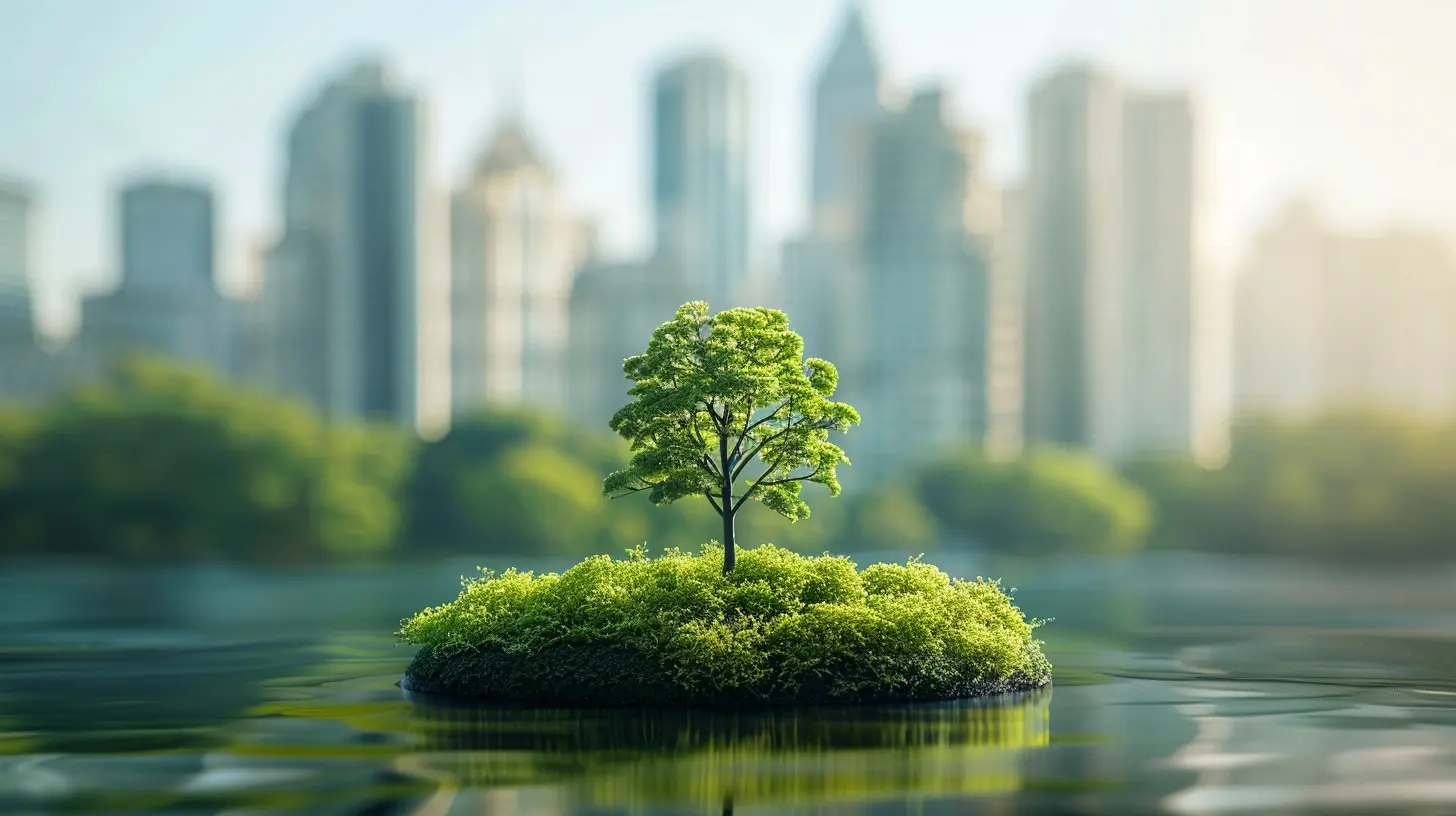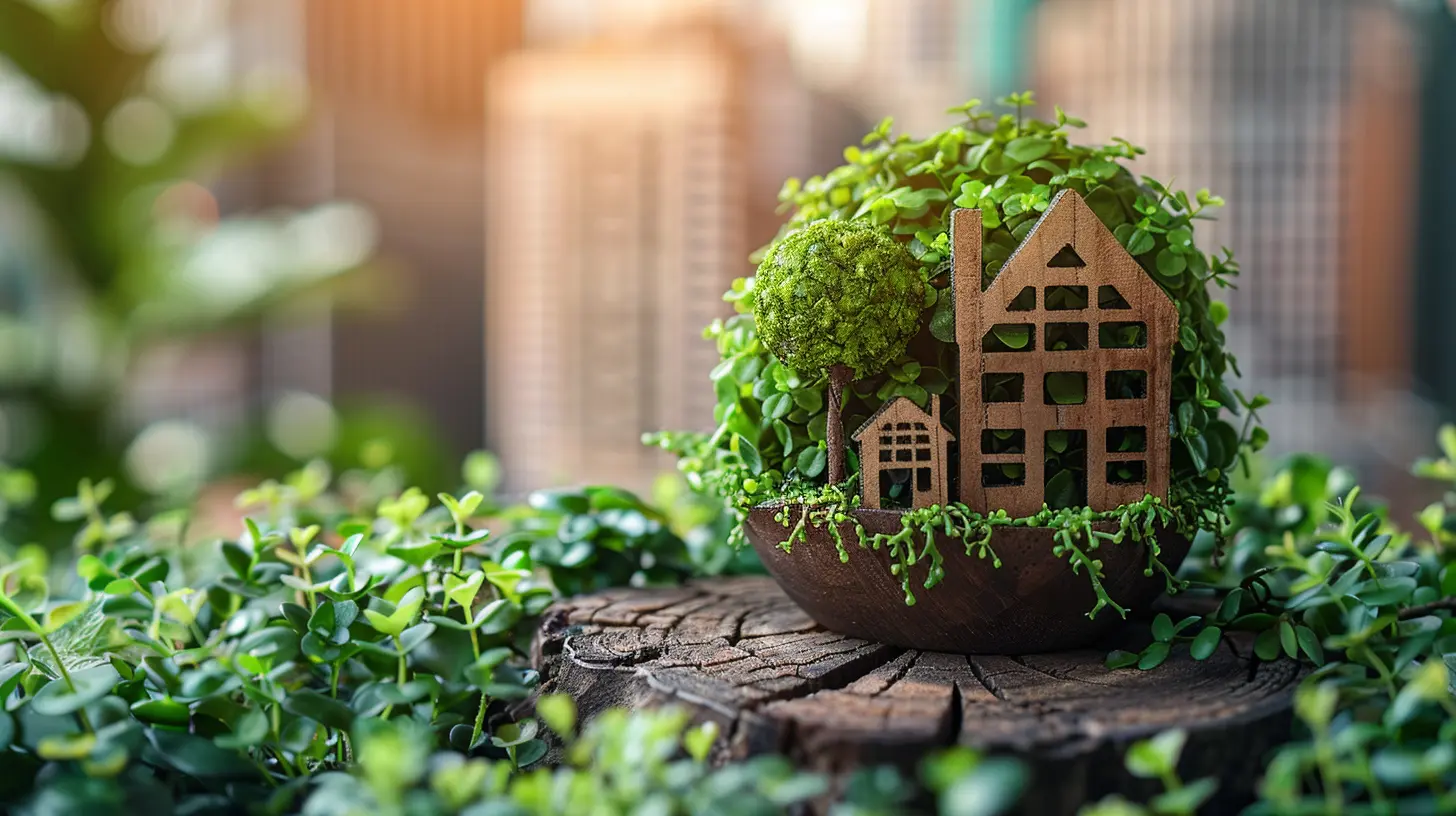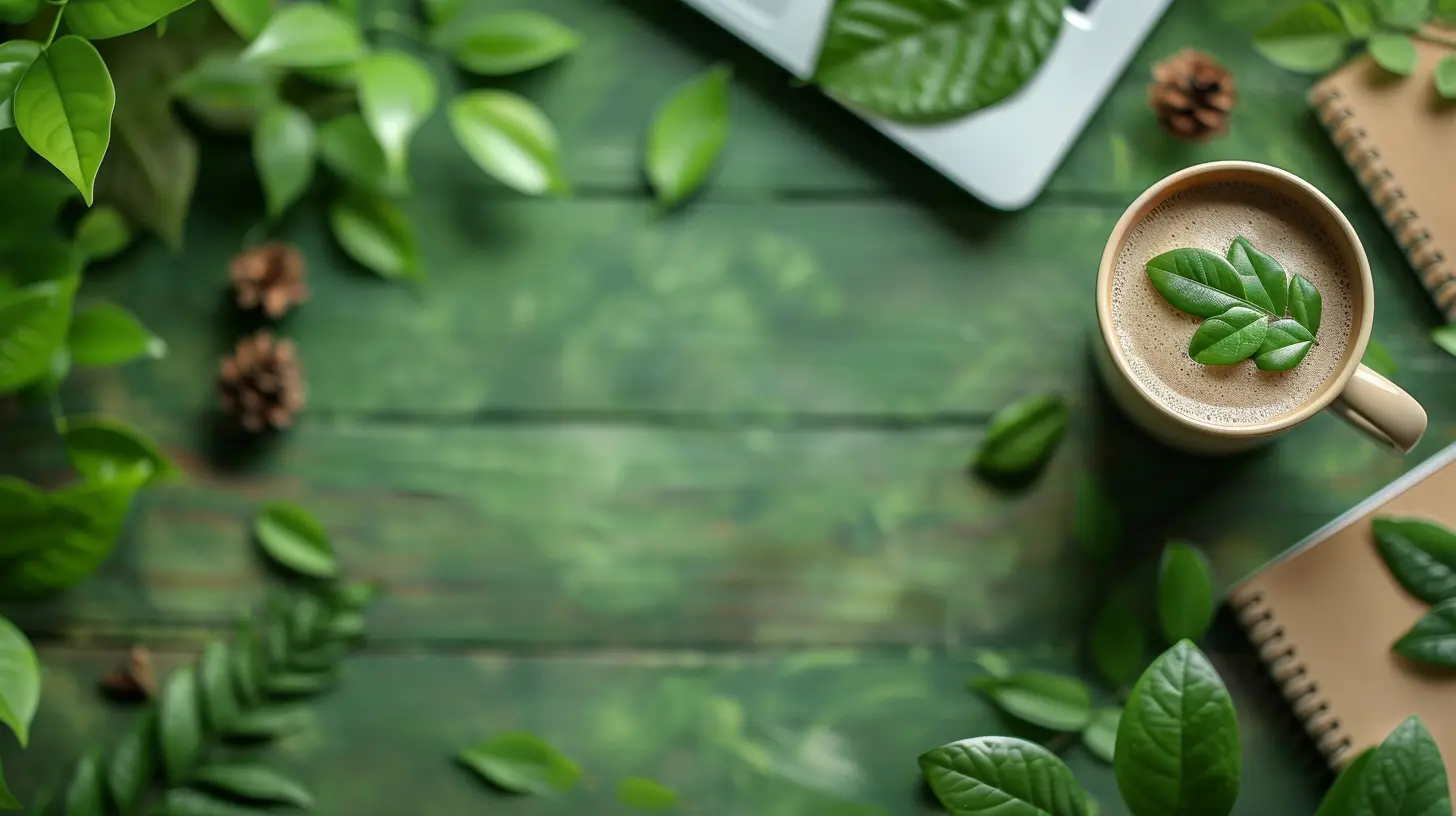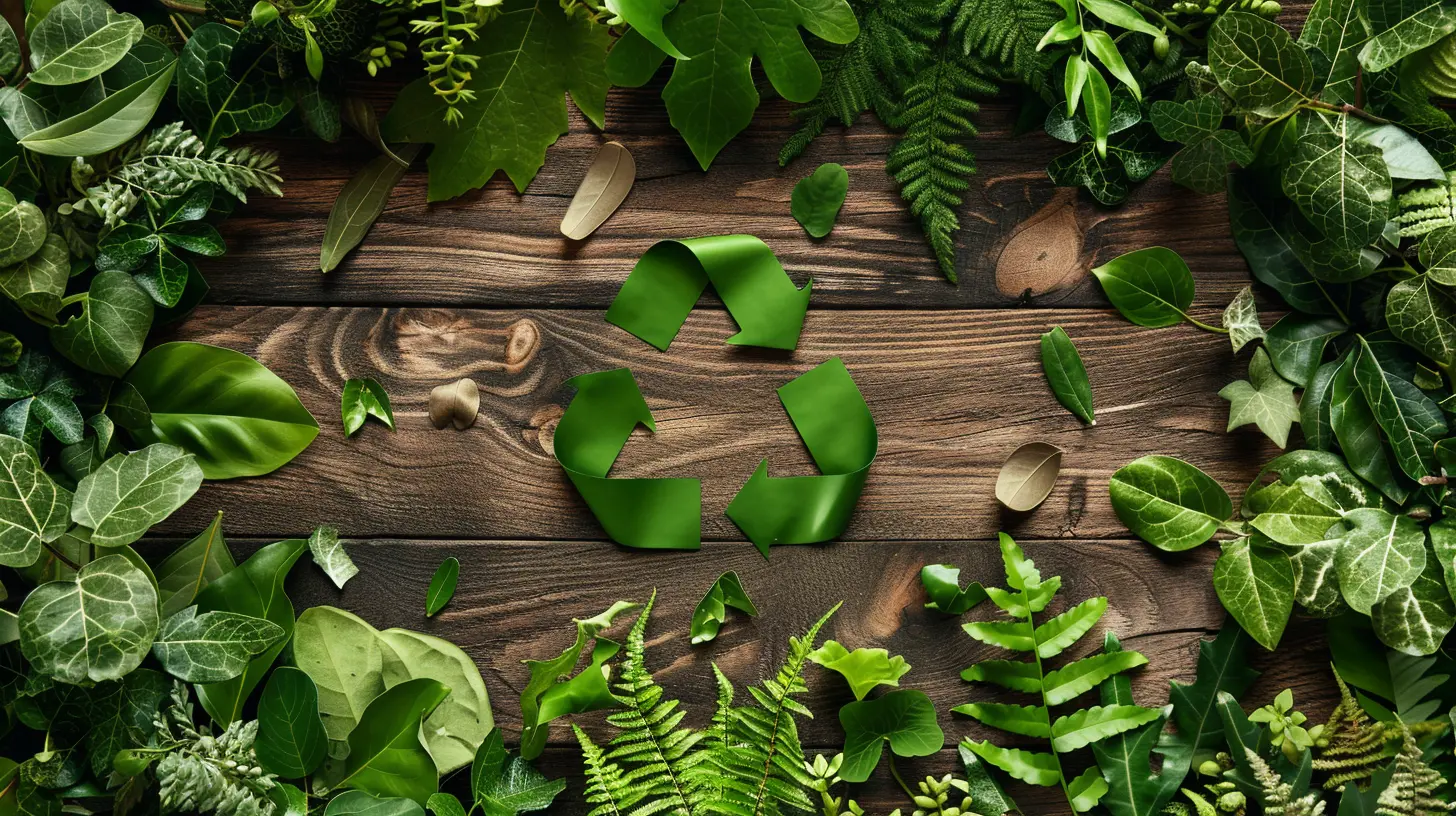Eco-Friendly Product Design: Where Function Meets Sustainability
29 May 2025
Sustainability is no longer just a buzzword—it’s a necessity. As businesses and consumers become more eco-conscious, eco-friendly product design is taking center stage. But here’s the catch: designing sustainable products isn’t just about swapping plastic for recycled materials. It’s about merging functionality with environmental responsibility in a way that makes sense for both people and the planet.
So, how can businesses create products that are not only practical but also truly sustainable? Let’s break it down.

What is Eco-Friendly Product Design?
Eco-friendly product design is all about creating items that minimize environmental harm while remaining functional and appealing. It considers every stage of a product’s lifecycle—from sourcing raw materials to manufacturing, usage, and disposal.The goal? To reduce waste, lower carbon footprints, and promote a circular economy, all while ensuring that the product still meets consumer needs.

Why Sustainable Product Design Matters
We live in a world overflowing with disposable goods. Fast fashion, single-use plastics, and poorly made products contribute to massive environmental damage. By embracing sustainable design, businesses can:- Reduce environmental impact – Less waste, fewer emissions, and minimal resource depletion.
- Meet consumer demand – More people are making eco-conscious purchasing decisions.
- Boost brand reputation – Sustainability isn’t just good for the planet; it’s also great for business.
- Improve efficiency and cost savings – Many sustainable practices, like energy-efficient production, help cut costs over time.

Key Principles of Eco-Friendly Product Design
1. Sustainable Materials
Choosing the right materials is the foundation of sustainable product design. Instead of relying on harmful plastics and non-renewable resources, companies should opt for:- Recycled materials – Think post-consumer recycled plastics, reclaimed wood, and repurposed fabrics.
- Biodegradable alternatives – Materials like bamboo, hemp, and cornstarch-based plastics break down naturally.
- Ethically sourced resources – Ensuring materials come from responsible sources, such as FSC-certified wood.
By selecting sustainable materials, companies drastically reduce waste and pollution, while supporting renewable material cycles.
2. Energy-Efficient Manufacturing
Manufacturing is one of the biggest environmental culprits. Sustainable product design prioritizes:- Low-energy production methods – Using renewable energy sources like solar or wind power.
- Water conservation – Reducing water use in production processes.
- Non-toxic processes – Avoiding harmful chemicals that pollute air and waterways.
Energy efficiency not only minimizes the environmental footprint but also lowers operational costs, making it a win-win.
3. Minimalist and Thoughtful Design
Ever notice how some products are overdesigned? Extra packaging, unnecessary features, and complex components add nothing but waste and inefficiency. Instead, sustainable design emphasizes:- Function over excess – Stripping down unnecessary parts and focusing on core functionality.
- Modular designs – Creating products with interchangeable or repairable parts.
- Timeless aesthetics – Avoiding trendy designs that quickly go out of style, leading to waste.
By keeping things simple and functional, businesses cut down material use and enhance durability—prolonging a product’s life cycle.
4. Durability and Longevity
A truly sustainable product is one that lasts. Instead of churning out disposable or low-quality items, companies should focus on:- High-quality materials – Using strong, durable materials that withstand wear and tear.
- Repairability – Designing products that are easy to fix rather than throw away.
- End-of-life planning – Ensuring products can be recycled, upcycled, or composted.
A product that lasts longer means fewer replacements, less waste, and reduced environmental harm.
5. Circular Economy Approach
Sustainable design goes beyond just creating a product—it considers what happens after the product is no longer useful. A circular economy approach ensures that materials are reused, recycled, or repurposed, rather than being thrown away.Key strategies include:
- Take-back programs – Encouraging customers to return used products for recycling or refurbishment.
- Closed-loop recycling – Designing products with materials that can be fully recycled into new products.
- Upcycling – Repurposing old products into something new rather than discarding them.
By designing with a circular approach in mind, businesses significantly reduce waste and increase sustainability.

How Businesses Can Implement Eco-Friendly Design
1. Incorporating Sustainability from the Start
Sustainability shouldn’t be an afterthought. The best eco-friendly designs integrate sustainable principles from the initial concept phase. Instead of just tweaking existing designs, businesses should rethink how they create products from the ground up.Ask key questions:
- What materials can be used that have minimal environmental impact?
- Can the product be designed for reuse, repair, or recycling?
- How can waste be eliminated during production?
2. Partnering with Sustainable Suppliers
Even the most sustainable product won’t matter if the supply chain is riddled with environmental harm. Brands should:- Work with suppliers that prioritize sustainability
- Use local sourcing to reduce transportation emissions
- Ensure compliance with ethical and environmental standards
Choosing responsible suppliers is a step towards building a truly green product from start to finish.
3. Educating Consumers on Sustainability
Sustainable design isn’t just about making a product—it’s also about helping consumers make eco-conscious choices. Brands can:- Clearly label sustainable materials & certifications
- Provide instructions for recycling or composting
- Promote buy-back or repair services to extend product life
When customers understand a product’s sustainability benefits, they’re more likely to choose it over non-eco alternatives.
4. Committing to Continuous Innovation
Sustainability is an evolving journey. Companies should stay ahead of new materials, technologies, and sustainability trends to improve their products.Some innovations shaping the future of eco-design include:
- 3D printing with recycled materials
- Biodegradable and plant-based plastics
- Smart packaging that reduces waste
By staying innovative, businesses can lead the market in eco-friendly solutions that don’t compromise on function.
The Future of Eco-Friendly Product Design
Sustainable design isn’t just a passing trend—it’s the future of business. As environmental concerns grow, consumers will continue to demand products that align with their values. Companies that embrace eco-friendly design early will not only help the planet but also position themselves as industry leaders.In the end, eco-friendly product design is about more than just sustainability—it’s about smart, responsible, and forward-thinking innovation. The companies that understand this will thrive in a world where function and sustainability go hand in hand.
all images in this post were generated using AI tools
Category:
SustainabilityAuthor:

Lily Pacheco
Discussion
rate this article
2 comments
Caden Estes
Thank you for highlighting the importance of eco-friendly design. It's inspiring to see how innovation and sustainability can coexist, creating products that benefit both consumers and the planet. Keep up the great work!
June 4, 2025 at 4:03 AM

Lily Pacheco
Thank you for your kind words! I'm glad you found the article inspiring—innovation and sustainability truly go hand in hand.
Sera Jacobs
Who knew saving the planet could be as stylish as it is functional? Eco-friendly design proves that you can have your biodegradable cake and eat it too—without the guilt! Let’s raise a reusable cup to a greener future, one product at a time!
June 3, 2025 at 3:20 AM

Lily Pacheco
Thank you! It's inspiring to see how stylish and functional eco-friendly designs can truly make a difference. Here's to a sustainable future! 🌍♻️


